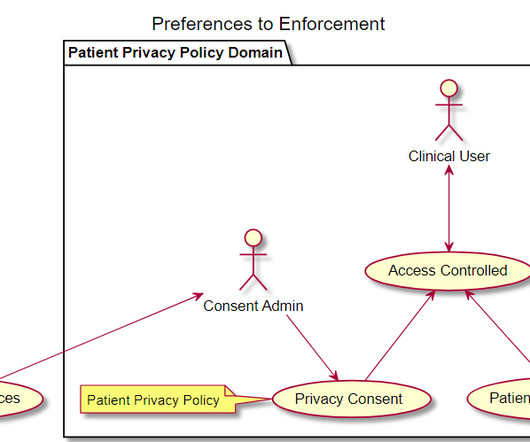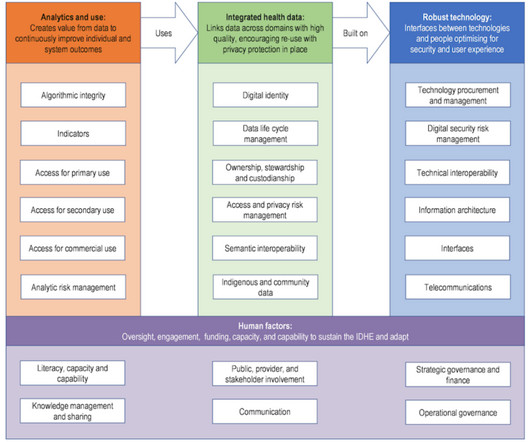The Balance Between Promoting Data Sharing and Ensuring the Privacy and Security of Sensitive Health Information
Healthcare IT Today
OCTOBER 8, 2024
Diana Sonbay-Benli, VP & Chief Product Officer, Cognizant TriZetto Healthcare Products at Cognizant Since the advent of HIPAA, almost a career’s duration ago, we’ve focused on the safeguarding of data. A clear definition of what is considered sensitive information subject to such rules and directives has not yet been established.
























Let's personalize your content